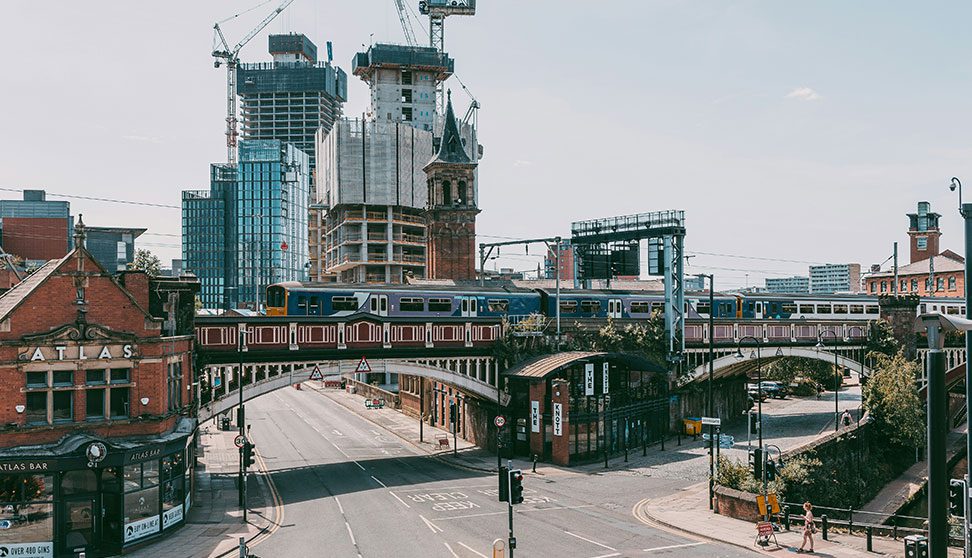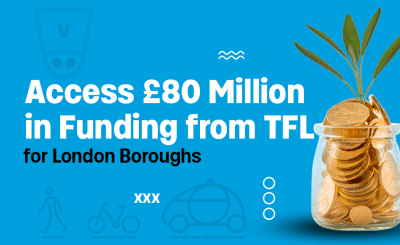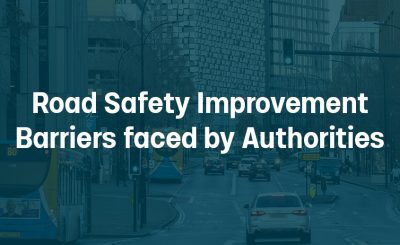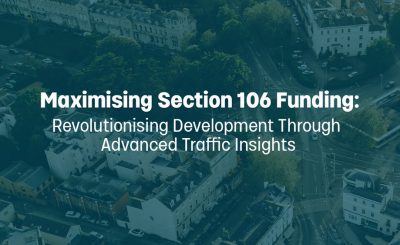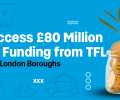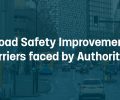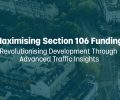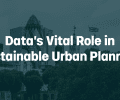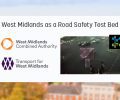As we enter the next phase of the pandemic and restrictions ease, people and businesses are looking for ways of ‘returning to normal’. Yet COVID-19 has completely transformed the way we work, rest and play.
Perhaps, going back to the way we were before will no longer be an option – but this may not be a bad thing. The challenge, or rather the opportunity, is to now start the process of thinking about how we can improve society for the better, making livelihood’s easier and safer – changes to how we travel will be a huge part of this transition.
The thought of travelling on a crammed tube or bus will hardly be an attractive option in a post-pandemic world, mask or not. While the coronavirus outbreak has transformed the physical world, it has also altered our way of thinking. For instance, as part of the ‘active travel’ scheme, walking and cycling have been encouraged in the UK, and train networks are also looking for ways to optimise their services for the future. At the centre of all these changes is a lot of technology that is driving improvements for travel.
Say goodbye to busy rush hour
As businesses and workers adapt, the daily rush-hour commute may also be consigned to history. For many employers, the position is changing daily, with many considering long-term rethinks on location strategy, flexible working, and staggered arrival times. Along with these strategies, the number of people needed to create a peak is just not great enough anymore to test the infrastructure that has developed over time to deal with an increase in travellers.
A possible reason is likely to be new technologies that can monitor crowd levels, such as CCTV linked to AI, which can easily detect when an area has become too busy. Therefore, safe management of travel hubs can be achieved through a combination of technological and human activity, rather than depending solely on an underutilised large workforce.
Traffic flow and AI
Managing and improving traffic flow and transport emissions is vital to the prosperity and efficiency of cities as well as the wellbeing and health of citizens. Innovative solutions, designed by UK businesses using data, sensors, and artificial intelligence, could provide answers to some of the most pressing transport challenges faced by modern cities. A particular frustration is when traffic builds up at a red light when the rest of the junction is free, causing congestion. AI can identify this and correct it, making judgments about where a green light needs to be implemented.
AI can encourage active travel by prioritising pedestrians and cyclists, as well as improving air quality by limiting the amount of braking, accelerating, and idling of high emission vehicles. New technologies can also be used flexibly by local authorities by changing their strategies to accomplish various goals; for instance, placing an emphasis on congestion reduction during peak commuting hours, air quality in off-peak periods and active travel during the weekend.
Maintaining social distancing with sensors
As companies contemplate how to safely return workers to manufacturing and office environments, a series of sensor-based technologies have been designed to measure everything from when surfaces need cleaning to how many people are in a given space. Nationwide, maintaining social distancing is of growing importance, since people are beginning to enjoy UK staycations or, simply, their local green spaces. In a shifting environment, travel will also need to adapt, but with safety remaining a priority. Sensory data can be a vital component to ensure this, by both recognising how people move around and understanding wider social behaviour patterns. In areas where social distancing is lacking, AI can be installed into existing CCTV networks to analyse problems and implement necessary measures.
When we look at all the possibilities for new technology, the post-pandemic world could lead to some exciting changes. While everyday life has transformed dramatically, it has also triggered an influx of infrastructure that will allow for faster, more efficient, and safer travel.
(VivaCity sensors do not collect personal data).

